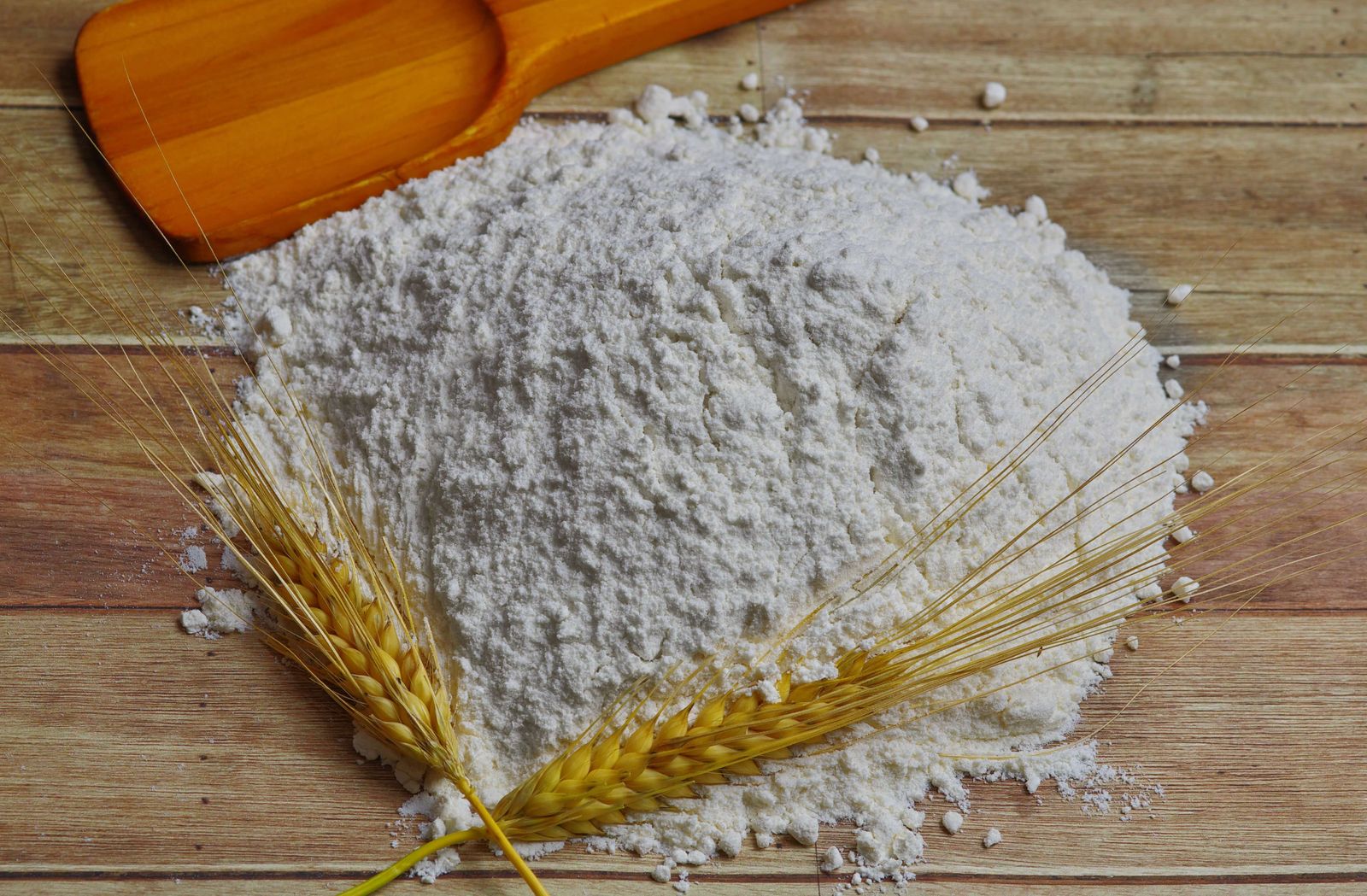Flour, a staple in many kitchens, comes in various varieties, each with its unique characteristics. Proper storage is essential to maintain its freshness and quality, ensuring optimal results in baking and cooking.
In This Article:
- Types of Flour and Their Characteristics
- The Science of Flour Storage
- Choosing the Right Storage Containers
- Common Mistakes in Flour Storage
- Frequently Asked Questions
- Conclusion
- Further Reading
Types of Flour and Their Characteristics
All-Purpose Flour: This is the most versatile flour, suitable for a wide range of baking and cooking needs. Originating from the endosperm of the wheat kernel, it has a balanced protein content that makes it a favorite for many recipes.
Bread Flour: With its roots in ancient civilizations, bread flour has been the backbone of staple diets for centuries. It boasts a higher protein content, which gives bread its chewy texture. The gluten in bread flour provides the elasticity required for bread to rise and hold its shape.
Cake Flour: Milled from soft wheat, cake flour is low in protein, ensuring baked goods are soft and tender. Its fine texture is perfect for delicate cakes and pastries.
Whole Wheat Flour: This flour contains the entire grain, including the bran, germ, and endosperm. Rich in nutrients and fiber, it's a healthier alternative but can be denser in baked goods.
The Science of Flour Storage
Flour quality can degrade due to various factors.
- Air introduces oxygen, leading to oxidation, which can give the flour a stale taste. This process affects the fats in the flour, altering its taste and texture in baked goods.
- Moisture is another enemy. Flour can absorb moisture from the environment, leading to mold growth, especially in humid conditions.
- Pests, such as weevils and flour beetles, are attracted to flour. These pests can infest and ruin large quantities of flour if not stored correctly. Sealed, airtight containers are essential to prevent these infestations.
Choosing the Right Storage Containers
The longevity and freshness of your flour largely depend on its storage. Different flours have unique storage needs, and the right container can make all the difference.
By Flour Type:
Delicate Flours:
- Examples: Almond and coconut flours.
- Characteristics: These flours are rich in oils, which means they can turn rancid quickly if not stored correctly.
- Storage Solution: Refrigeration or even freezing in vacuum-sealed bags can extend their shelf life.
Hardier Flours:
- Examples: Whole wheat and bread flours.
- Characteristics: These flours are more robust and less prone to spoilage than their delicate counterparts.
- Storage Solution: A cool, dark pantry in airtight containers is ideal. Ensure the area is dry to prevent moisture absorption.
By Container Material:
Glass:
- Pros: Impermeable, doesn't absorb odors, and allows you to see the flour's condition.
- Cons: Can be heavy and breakable.
- Best For: Short-term storage and frequently used flours.
Plastic:
- Pros: Lightweight, durable, and available in various sizes.
- Cons: Some plastics can absorb strong odors over time and may not be as airtight as other options.
- Best For: Bulk storage, especially if the plastic is BPA-free and food-grade.
Metal Tins:
- Pros: Durable, often comes with tight-sealing lids, and can protect flour from light exposure.
- Cons: Some metals can react with the natural oils in flours, affecting taste.
- Best For: Bulk storage, especially in larger kitchens or for those who buy flour in large quantities.
Additional Tips:
- Desiccants: Consider placing a desiccant packet in your flour container to absorb any excess moisture.
- Rotation: If you buy flour in bulk, practice the "first in, first out" rule to ensure you're always using the oldest flour first.
Common Mistakes in Flour Storage
Storing Flour Near Strong Odors:
Flour is highly absorbent and can easily take on the flavors and smells of items stored nearby. For instance, a baker once mistakenly stored their flour next to a jar of ground cinnamon. The result? Bread that had an unexpected cinnamon flavor. This highlights the importance of keeping flour away from strong-smelling substances like spices, onions, or garlic.
Not Using Airtight Containers:
Storing flour in containers that aren't airtight can lead to several problems:
- Pest Infestations: Flour attracts pests like weevils and beetles. Without a sealed environment, these pests can easily infest and ruin your flour.
- Moisture Absorption: In humid conditions, flour can absorb moisture, leading to clumping and potential mold growth.
Not Labeling Flour Containers:
With various flour types available, it's easy to confuse one for another. Not labeling containers can lead to baking mishaps, as each flour type has its unique properties and uses.
Storing Flour in Warm Areas:
Warmth can accelerate the oxidation process, causing flour to turn rancid faster. It's best to store flour in a cool, dark place.
Frequently Asked Questions
How can I differentiate between all-purpose and bread flour?
All-purpose flour has a balanced protein content suitable for general use, while bread flour has higher protein, which is ideal for chewy bread textures.
Is it safe to consume flour with small bugs?
While consuming a tiny amount of flour bugs isn't harmful, it's best to discard infested flour to avoid potential health issues.
How can I prevent my flour from absorbing strong odors?
Store flour in airtight containers and keep it away from strong-smelling substances like spices or onions.
Can I mix different flours in one container?
It's not recommended, as different flours have unique storage needs, and mixing can alter the desired outcome in recipes.
Conclusion
Understanding the nuances of different flour varieties and their storage needs ensures that your baking and cooking endeavors yield the best results. Proper storage maintains not only flour's quality but also its nutritional value.
Further Reading
- Selecting Flour Containers: Size & Shape Essentials: Dive deeper into the world of flour storage by exploring how the size and shape of containers can impact your baking and kitchen organization.
- Modern Flour Containers: Exploring Innovative Features: Discover the latest advancements in flour storage solutions, from built-in measuring tools to freshness indicators.
- Not sure which flour to use for your next baking project? The Pioneer Woman breaks down 21 types and their ideal uses in her thorough guide.
- If you're seeking the ideal flour storage container, don't miss our comprehensive article on the best flour storage containers.



